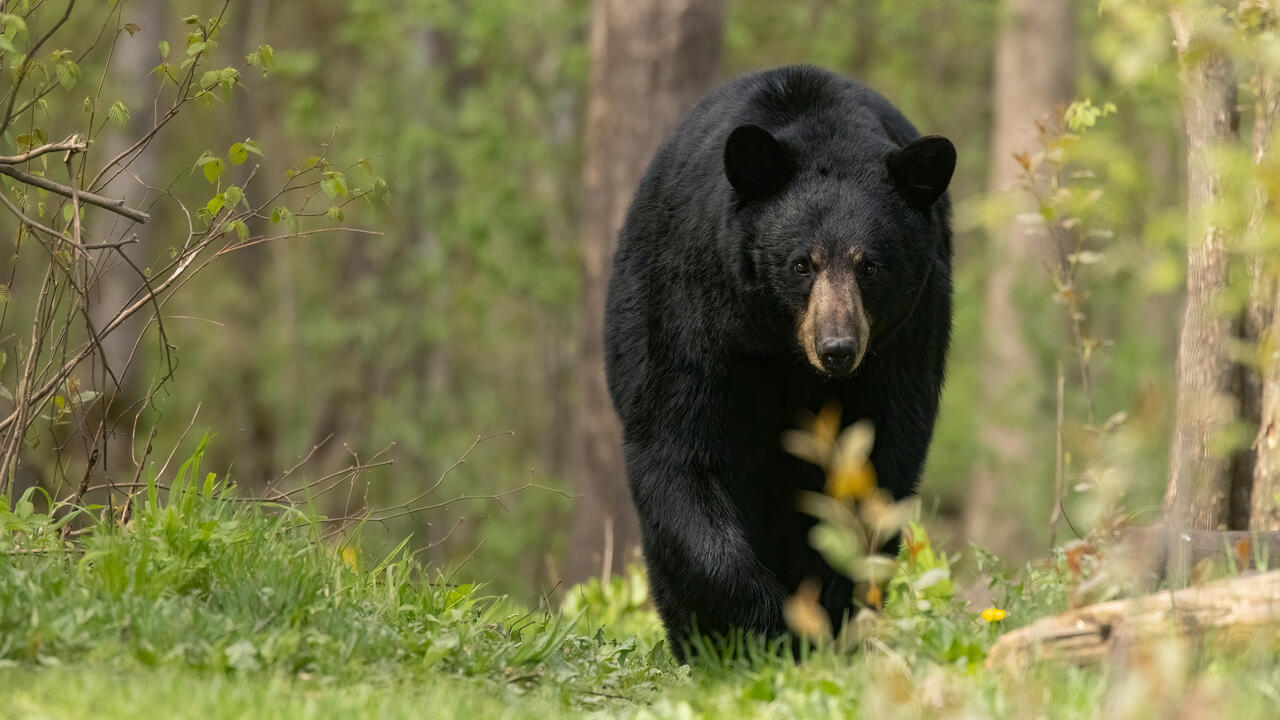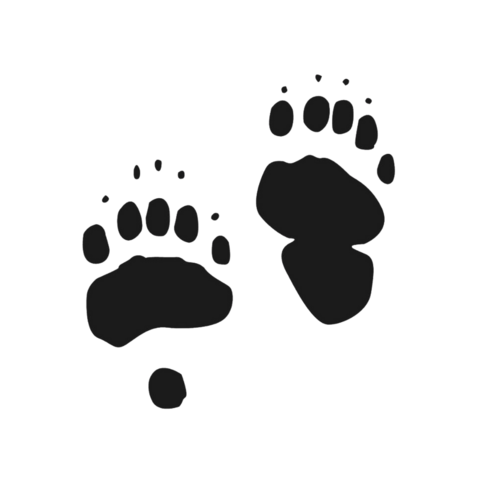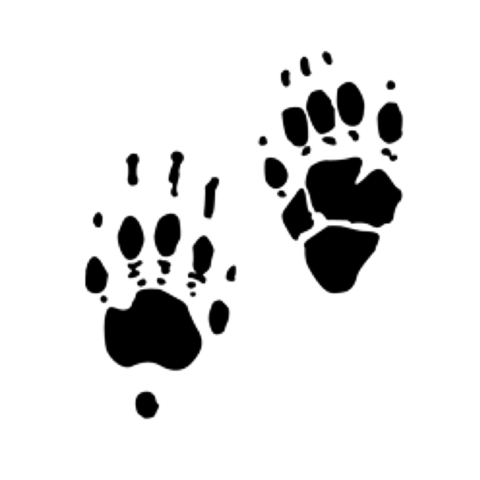Extension for Real Life
How to Identify Black Bear and Skunk Tracks

Photo by Adobe Stock
Have you ever been on a walk in the woods, park, or backyard and noticed animal tracks in the mud or dirt? Some tracks are easy to identify, while others are a bit harder to tell which animal they belong to. It’s a fun guessing game trying to figure out which animal has been visiting nearby.
When examining animal tracks, ask yourself a few questions:
- How many toes does the animal have?
- Are there claw marks?
- Is the front or rear foot larger?
- What are the general shapes of the tracks?
- How long and wide are the tracks?
Thinking through these questions will help you discover the mystery critter.
In previous posts, we highlighted what raccoon, opossum, Eastern gray squirrel, red fox, white-tailed deer, and beaver tracks look like. Be sure to check them out!

Black Bear
- It has five rounded toes on each foot and large claws.
- Its front track is smaller than the hind track. The front track ranges from 2-5 inches long, while the back is 2-8 inches long.
- The palm pad is wide and curved.
- Tracks are asymmetrical.

Skunk
- It has five toes on each foot and long claws.
- Tracks are around 1 ½ inches long and 1 ¼ inches wide.
- The hind foot leaves behind a heel pad.
- The heel pad is long and rectangular in shape.
- Skunk tracks are often mistaken as cat tracks, as they are around the same size.
Special thanks to our friends at University of Maryland Extension and Maryland Department of Natural Resources for the great resources!
Authors
-
 Marketing & Communication Coor
Marketing & Communication Coor- Agricultural Communications